Get More Info about Oppo F1 Plus in this Review
Smartphones are sold with a variety of design features and are frequently replaced for socioeconomic and technical factors. So, it’s crucial to know some specific hardware parts (such as the display, battery, and CPU), as well as the OS, and use such devices for a long time before having to replace them. Fortunately, our Oppo F1 Plus review will help you cover all the requirements for buying the finest smartphone.
Oppo company declared Oppo F1 Plus smartphone model on 3/1/2016, and Released 2016, March. However, this model status in the market is: Discontinued.
Oppo F1 Plus has a 5.5 inches, 83.4 cm2 screen size and Corning Gorilla Glass 4 as a display protection that is designed to save the screen when the phone drops on hard and jagged surfaces.
Oppo F1 Plus has 64GB 4GB RAM, and 2850 mAh battery life (the more mAh value gives more strength to the battery). When you purchase Oppo F1 Plus, you will gain a 13 MP, f/2.2, PDAF rear camera and 16 MP, f/2.0, 26mm (wide), 1/3.06″, 1.0µm selfie camera.
Oppo F1 Plus comes with the following performance and platforms:
* Android 5.1 (Lollipop), ColorOS 3 OS,
* Mediatek MT6755 Helio P10 (28 nm) Chipset,Octa-core (4×2.0 GHz Cortex-A53 & 4×1.0 GHz Cortex-A53) Processor.
To get a full good Oppo F1 Plus review and make a wise decision on what device you will buy, continue reading the following lines.
This Oppo F1 Plus Review Is Your Guide To Know The Body Specifications
When planning to purchase a new cellular phone, the body characteristics must be taken into consideration. These physical features include body size, weight, and build. You can read Oppo F1 Plus review in terms of the body characteristics in the lines that follow.
* Body Dimensions: 151.8 x 74.3 x 6.6 mm (5.98 x 2.93 x 0.26 in) which mean height, width, and thickness (depth) respectively.
* Body Weight: 145 g (5.11 oz).
For mobile phones, a weight between 140g to 170g is considered suitable and appropriate for most people.
* Body Build: Glass front (Gorilla Glass 4), aluminum back, aluminum frame.
The following body types of the cellphones are available:
* Metal. Due to the fact that it is constructed of metals, it is the most powerful in terms of saving the mobile phone’s internal components.
* Plastic. This type could be more sturdy than metal because it doesn’t flex. Additionally, because it doesn’t break easily, it has a longer operating life than a glass one.
* Glass. This kind of mobile phone’s body looks more polished and attractive, despite the fact that glass is more likely to break due to its brittle nature.
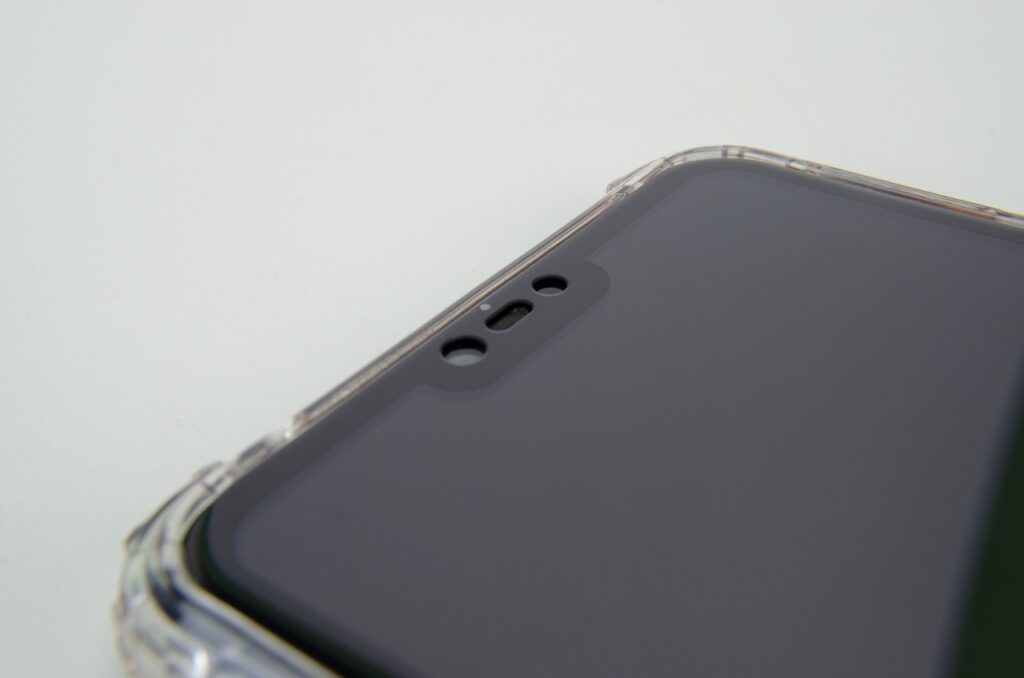
Get Your Preferred Color – Oppo F1 Plus Review
Choosing the color of the smartphones does not affect the quality of its work or the effect of heat on its interior parts., so the color can be selected according to your taste or the way in which you utilize your phone.
Oppo F1 Plus comes in the following colors: Gold, Rose Gold.

No More features Confusing After Reading Oppo F1 Plus Review
We use cellphone to work, voice calls, play games, watch movies and videos, take photos, and even extensive reading. These tasks are easily accomplished on large-screen smartphones with proper blacks, high contrast ratios, and good visibility from different angles..
The next lines will represent the crucial display specs of Oppo F1 Plus.
Display Type: AMOLED – Remember that you should search for a screen type that provides more vibrant colors and true black.
Display Size: 5.5 inches, 83.4 cm2 – The common standard screen size of smartphones now averages between 4.7 and 6.5 inches.
Screen To Body Ratio: (~73.9% screen-to-body ratio). It provides the percentage of how much the screen covers the front face. Smartphones that have the largest screen to body ratio look delicate and give it a premium look.
Display Ratio: 16:9 ratio. the Aspect ratio is the relevance between the height and width of the smartphone screen. Taller aspect ratios like 19.5:9 is coming with the most modern smartphones, and it is suitable for web browsing, and other portrait orientation apps.
Display Resolution: 1080 x 1920 pixels. It is the clarity of an image video in details and sharpness. The pixel resolution for high definition screens is 1920 x 1080.
Display Density: (~401 ppi density). It is the number of physical pixels per inch on a screen, and is measured in Pixels Per Inch (ppi).
Display Protection: Oppo F1 Plus comes with the following display protection:
* Corning Gorilla Glass 4
* Corning Gorilla Glass 4

Knowing Camera Specifications Using Oppo F1 Plus Review
In the following lines, you will find Oppo F1 Plus review about the main cameras.
* Main Camera Single: {13 MP, f/2.2, PDAF}.
Here are explanations about some of the symbols included in the camera characteristics:
MP (Megapixels) is the resolution of the image taken by a cellular phone.
(f value) is the aperture of a lens indicates how much light it lets in. The larger the aperture, the more light is let in; and vice versa.
(mm value) This measurement is of the lens’s focal length, which affects the final image that is produced by your camera.
AutoFocus (AF) is the function of a camera to automatically focus on a subject.
The main camera features are as follows:
HDR, panorama, 1080p@30fps main video camera.
In the following lines, you will find Oppo F1 Plus review of the selfie camera:
* Selfie Camera Single: 16 MP, f/2.0, 26mm (wide), 1/3.06″, 1.0µm
The main camera specifications are:
1080p@30fps Selfie video camera.

Oppo F1 Plus Review of the SIM Card
SIM an abbreviation for Subscriber Identity Module, and it’s a small electronic card that slot into your cellular phone. It is an electronic chip that comes in three sizes: Standard (Mini), Micro, and Nano, and it lets you connect to a cellular network. Then, you can make calls, send SMS messages, and use mobile internet services like 3G, 4G, and 5G. For more information about 3G / 4G networks, refer to Oppo F1 Plus 3G or Oppo F1 Plus 4G articles. However, you can use the cellphone without a SIM to use some available applications on it, play games, and connect to a Wi-Fi network to explore the web.
This cellphone model comes with Hybrid Dual SIM (Nano-SIM, dual stand-by) card. For more information, refer to How to insert SIM card in Oppo F1 Plus article.
Here are the popular SIM card types:
* Nano SIM. This removable SIM card size is the smallest available one, so it is the most modern one (other than eSIMs, which we’ll read about it very soon) and most current smartphones are using it.
* Micro SIM. They have a slightly larger chip, and they’re seldom been used in the recent years.
* Standard SIM (Mini SIM). It is the biggest SIM card size in use, and it’s the most rarely used.
* eSIM. It is an embedded SIM card, i.e., you can’t take it off of your mobile phone.
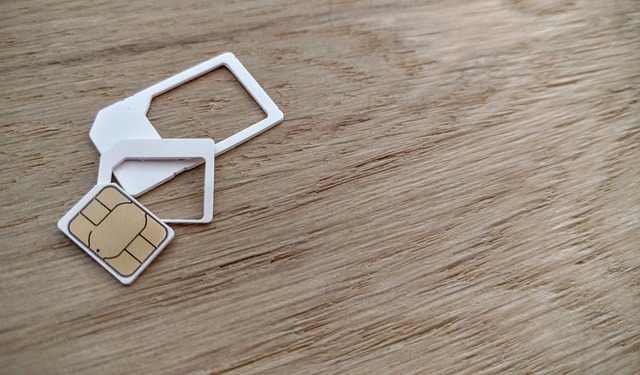
Chipset, CPU, and GPU – Oppo F1 Plus Review
This model has Mediatek MT6755 Helio P10 (28 nm) chipset.
Advanced embedded chipsets in smartphones allows the performing of many different tasks depending on their programming. They are built-in as part of the complete device including hardware and mechanical components. The most common chipset kinds are: QUALCOMM Snapdragon, INTEL ATOM, and MEDIATEK CHIPSETS..
Oppo F1 Plus has Octa-core (4×2.0 GHz Cortex-A53 & 4×1.0 GHz Cortex-A53) CPU.
CPU (Central Processing Unit) performance is necessary for the daily user experience. Thus, the higher the number of cores, and the higher the number of processing speed the better the performance will be..
Oppo F1 Plus has the following GBU (Graphics Processing Unit): Mali-T860MP2.
This chip is responsible for handling all graphics jobs. Actually, Users are now more aware of the many types of GPU chips included in cellphone chipsets and sometimes take their performance into account when making purchases.
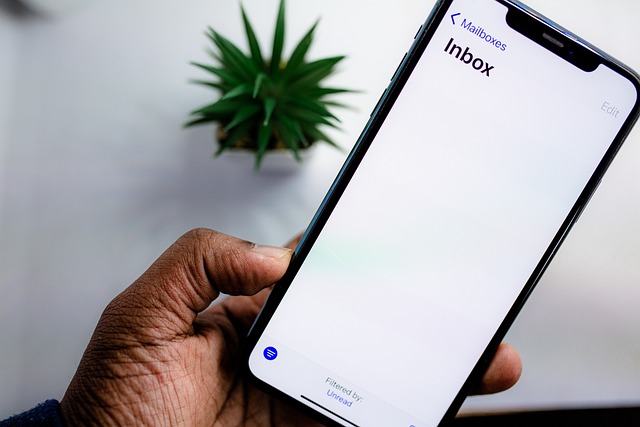
Storage Features – Oppo F1 Plus Review
The amount of storage that a new cellphone provides is one of the fundamental decision considerations.. Actually, Oppo F1 Plus comes with microSDXC (uses shared SIM slot) memory card slot, and the following internal memory: 64GB 4GB RAM
Two types of phone’s memory are available:
Internal: It is integrated inside the phone, and can’t be expanded. These days, most cellphones come with internal memory of at least 32GB or 64GB and a few high-end models feature 256GB or 512GB.
External: It is a removable SD card used as an alternative memory to save photos, music, videos, etc., regardless of the kind of SD card slot.
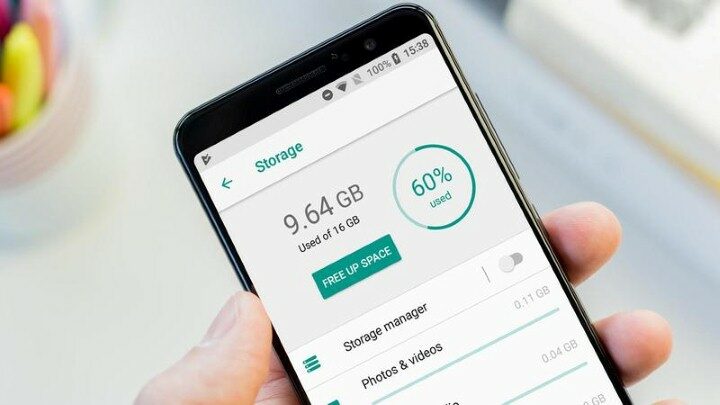
Mobile Networks and Connectivity – Oppo F1 Plus Review
A mobile network, (or wireless network), is a technology for transmitting and receiving radio waves between mobile devices. It is made up of base stations, each of which covers a distinct region or “cell”. This makes it possible for several portable devices such as cellphones to connect together. By the way, there are 3 kinds of mobile networks in use: 3G, 4G (LTE), and 5G.
Oppo F1 Plus supports the following networks: 3G. For more info, refer to Oppo F1 Plus 3G article. – 4G. For more information, refer to Oppo F1 Plus 4G article.

Oppo F1 Plus Review – Available Wireless Connections
This model comes with the following wireless communications:
* WLAN connection: {Wi-Fi 802.11 a/b/g/n, Wi-Fi Direct, hotspot}. Wireless Local Area Network uses Wi-Fi to communicate to the home or office wireless network using the local router and offers Internet access.
* Bluetooth connection: {4.0, A2DP}. It is a common wireless communication protocol used to connect two devices together over short ranges, allowing them share data between different devices.
* GBS connection: {Yes, with A-GPS}.Global Positioning System allows smartphone to define any position you need.
* USB connection: {microUSB 2.0, USB On-The-Go}.Universal Serial Bus is wired technology that allows users to connect two devices, such as a smartphone with a PC, to either transfer data or to charge the connected device.
* Features Sensors: {Fingerprint (front-mounted), accelerometer, proximity, compass}. The sensor is a device that detects and majors the changes in the nearby environment such as ambient light and motion.

Oppo F1 Plus Review – The Operating System
This model comes with {Android 5.1 (Lollipop), ColorOS 3} operating system.
Main Specs of The Battery – Oppo F1 Plus
Nothing is more essential than the battery of the cellphone that keeps these gadgets running and keeping daily life working. The following lines are demonstrating Oppo F1 Plus review of its primary battery.
* Battery Technology: {Li-Po}.
* Oppo F1 Plus comes with {non-removable} battery.
* Battery Capacity: {2850} mAh. It refers to the amount of storage volume a specific battery able to provide. A battery with 3100 mAh capacity rating could supply a current of 3100 mA for one hour. Higher mAh ratings for the same battery type will generally mean more working time.
* Battery Charging: {Fast charging 18W}.
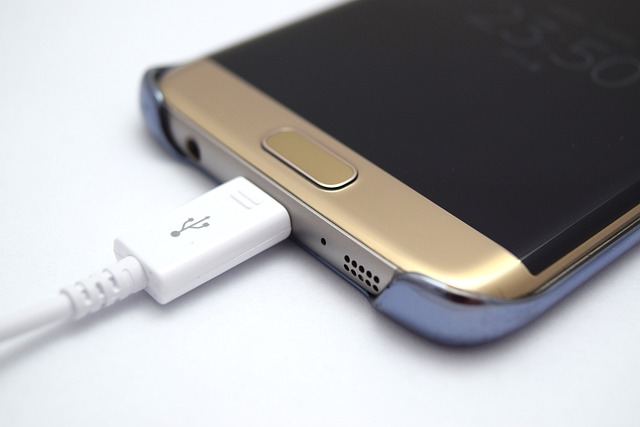
Oppo F1 Plus Review – The Battery Secondary Specifications
Along with the main Oppo F1 Plus parameters that we just discussed, this model contains additional battery-related characteristics that differ somewhat depending on the model of cellular phone. Here are these features:
* Battery Charging Original: {Fast charging 20W, 75% in 30 min (advertised), VOOC}.
* Battery Reverse Charging: {Reverse charging 9W}.
* Quick Charge: {Quick Charge 3.0}.

